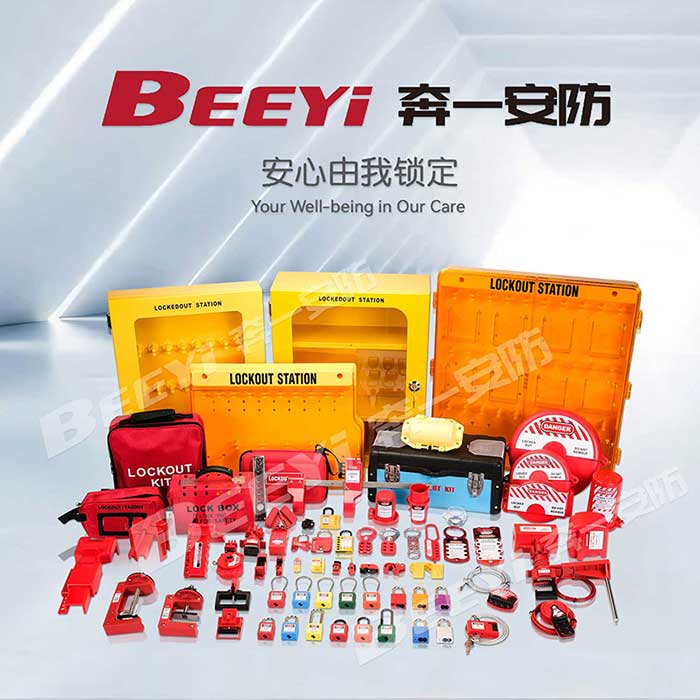Lockout tags are a crucial part of workplace safety systems, specifically designed to protect workers from potential hazards during maintenance or servicing of machinery and equipment. These tags serve as a visual and physical deterrent, indicating that a specific piece of equipment or machinery has been locked out to prevent accidental start-up or energy release. This safety practice is commonly referred to as the Lockout/Tagout (LOTO) procedure and is essential in industries where workers interact with hazardous energy sources, such as electricity, hydraulics, or pressurized gases.

What Are Lock Out Tags? Lock out tags are safety tags that are physically attached to equipment, machinery, or energy isolation devices to indicate that they are in a locked-out or de-energized state. These tags are typically bright and eye-catching, often red or yellow, and feature clear warnings such as “Do Not Operate” or “Danger – Locked Out”. The key function of a lockout tag is to visually communicate to other workers that a particular piece of equipment cannot be operated because it is undergoing maintenance or repairs. These tags are used in conjunction with lockout devices—physical locks or blocks—applied to energy isolation points to prevent any accidental activation of machinery. The lockout tag identifies the individual responsible for the lockout, the date, and the reason for the lockout, ensuring that no one attempts to operate the equipment until the lockout process has been completed.